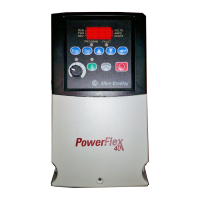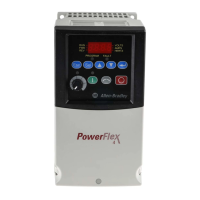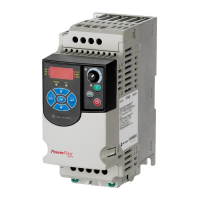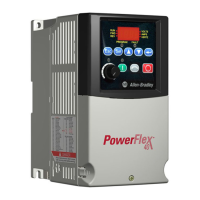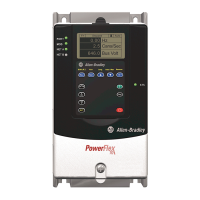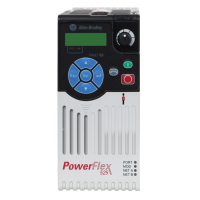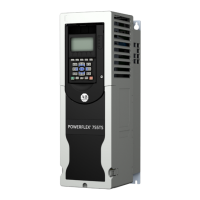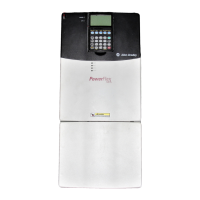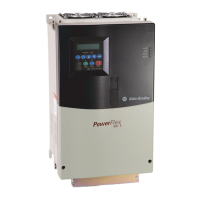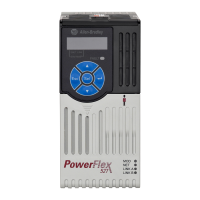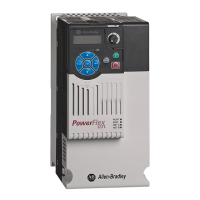D-8 Application Notes
PID Gains
The proportional, integral, and differential gains make up the PID
regulator.
• A154
[PID Prop Gain]
The proportional gain (unitless) affects how the regulator reacts to
the magnitude of the error. The proportional component of the PID
regulator outputs a speed command proportional to the PID error. For
example, a proportional gain of 1 would output 100% of max
frequency when the PID error is 100% of the analog input range. A
larger value for [PID Prop Gain] makes the proportional component
more responsive, and a smaller value makes it less responsive.
Setting [PID Prop Gain] to 0.00 disables the proportional component
of the PID loop.
• A155
[PID Integ Time]
The integral gain (units of seconds) affects how the regulator reacts
to error over time and is used to get rid of steady state error. For
example, with an integral gain of 2 seconds, the output of the integral
gain component would integrate up to 100% of max frequency when
the PID error is 100% for 2 seconds. A larger value for [PID Integ
Time] makes the integral component less responsive, and a smaller
value makes it more responsive. Setting [PID Integ Time] to 0
disables the integral component of the PID loop.
• A156
[PID Diff Rate]
The Differential gain (units of 1/seconds) affects the rate of change
of the PID output. The differential gain is multiplied by the
difference between the previous error and current error. Thus, with a
large error the D has a large effect and with a small error the D has
less of an effect. This parameter is scaled so that when it is set to
1.00, the process response is 0.1% of [Maximum Freq] when the
process error is changing at 1% / second. A larger value for [PID Diff
Rate] makes the differential term have more of an effect and a small
value makes it have less of an effect. In many applications, the D
gain is not needed. Setting [PID Diff Rate] to 0.00 (factory default)
disables the differential component of the PID loop.
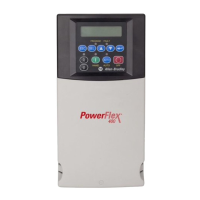
